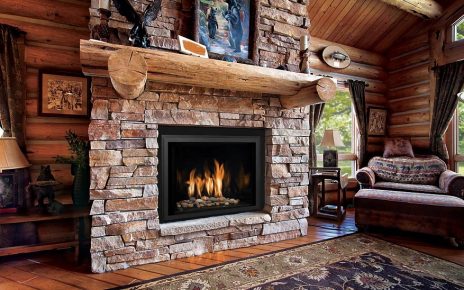Facility managers and maintenance technicians know cleaning is a necessary evil to keep equipment working properly and facilities well maintained. For big cleaning jobs, you’ll often need the muscle of an pressure washer to get the job done quickly and with excellent results. Pressure washers come in a number of sizes, pressures, and flows and each pressure/flow combo was created to handle another kind of cleaning. Selecting a pressure washer that’s too small means you’ll be cleaning for hours and hours. Picking one that’s too large and you conclude with damaged surfaces or uneven cleaning.
Many people don’t recognize that pressure washing isn’t all about the pressure. Pressure washers have a pressure and a flow rating with the pressure measured in pounds per square inch (PSI) and flow in gallons each and every minute (GPM). Multiplying both of these numbers gives you a measurement of the machine’s cleaning ability called the effective cleaning units (ECU or CU). Depending on who you’re speaking with or what literature you’re reading, the cleaning requirements for a specific surface may be described in ECO or sometimes only PSI. Generally, the better flow (GPM) you can get for the rated pressure (PSI), the better.
Coming Clean on Pressure Washing Houston has great tips about when to use warm water instead of cold water and the various types of nozzles. Pressure washers can be placed to use in a lot of different situations if you hold the right accessories and nozzles. Choosing the right nozzle is important to properly focus the pressure washer’s force in the right direction. Nozzles tend to be classified in “degrees” like 0 degrees, 15 degrees, 40 degrees, etc. The amount is the angle of which the water leaves the nozzle. A 0 degree nozzle is a pinpoint meaning all the water pressure is focused using one small area. A 0 degree or pinpoint nozzle is incredibly powerful and really should be handled carefully since all the machine’s power is behind a little pressurized jet of water. The wider nozzles are used when you don’t need quite as much power centered on one point. A 15 degree nozzle could be utilized for stripping paint whereas a 65 degree nozzle is perfect for softer work like pressurized soap.
A variable spray nozzle can be considered a good choice when you need to adjust the PSI to suit your unique task, for example this variable spray nozzle ranges from 150-1,000 PSI. Another specialty nozzle that can add versatility is a turbo nozzle. The unique design gives the impact force of your pinpoint nozzle, but provides the coverage of an fan nozzle. Sometimes one nozzle change just won’t do the trick, but a conversion kit might. For instance, this Drain Cleaner Conversion Kit includes a ruthless hose and 3 jetter nozzles to carefully turn your pressure washer directly into a drain cleaning tool.
Maintenance staff needing to strip paint from wood risk damaging the wood surface if the pressure washer is too powerful. A pressure of 2,500 PSI would offer you enough power to blast away old paint without damaging the wood itself. The Goodway HPW-3500-G delivering 3,500 PSI gives you just a little extra muscle to remove the paint and perform even more difficult jobs. The hot water option upon this pressure washer helps remove a few of the stains from the wood to get it clean.
Metal buildings and steel structures rarely require significant maintenance, but twelve-monthly cleanings, particularly after long, dusty, dry months are a must. A technical bulletin published by america Steel Corporation suggests by using a high-pressure spray for cleaning dust, sap, or graffiti from metal buildings. However the bulletin doesn’t provide a specific PSI or water flow because of this work, any pressure washer providing at least 3,000 PSI and 3 GPM could be utilized for metal building cleaning. A similar power washer could be used for steel structures like parking covers or metal walkways.




